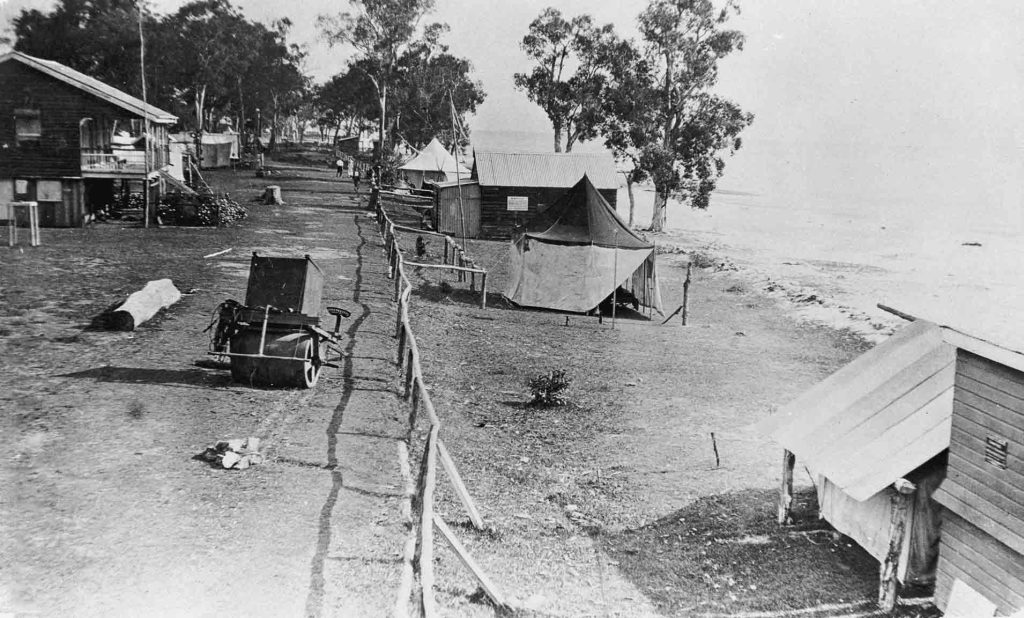Bribie Island, located in Moreton Bay, Queensland, Australia, has a rich and fascinating history that dates back thousands of years. From its traditional owners, the Gubbi Gubbi people, to its modern-day status as a popular tourist destination, Bribie Island has seen its fair share of changes over the centuries.
Pre-European Settlement
Before European settlement, Bribie Island was a significant location for the Gubbi Gubbi people. It was an important source of food and resources, and the tribe would regularly travel between the mainland and the island to fish, hunt, and gather.
European Exploration
In 1770, British explorer Captain James Cook sailed past Bribie Island on his famous voyage of discovery. However, it wasn’t until the early 1800s that Europeans began to explore the island more thoroughly.
According to Thomas Welby, Bribie Island is one of the few place names that commemorate the names of convicts. The island’s name may have been derived from a convict named Bribie, whose given name may have been Brieby. It is possible that the moniker was a nickname earned due to his trading of privileges with the authorities in exchange for fish, but there is no conclusive evidence to support this origin story.
European Settlement
The first European settlers arrived on Bribie Island in the 1860s, and by the 1870s, the island was home to several small communities. Timber was the main industry on the island, and many of the settlers worked in the logging and sawmilling industries. In the early 1900s, Bribie Island became a popular location for holidaymakers, and a number of guesthouses and hotels were built to cater to the growing tourism industry.
World War II
During World War II, Bribie Island played an important role in Australia’s defence. The island was used as a training ground for Australian soldiers, and a number of military installations were built on the island, including gun emplacements, bunkers, and a naval base. Today, many of these installations are still standing, and they serve as a reminder of the island’s wartime history.
Modern-Day Bribie Island
Today, Bribie Island is a popular tourist destination, attracting visitors from all over Australia and the world. The island is known for its natural beauty, with miles of pristine beaches, stunning national parks, and abundant wildlife. Visitors can enjoy a wide range of activities on the island, from swimming, fishing, and surfing to hiking, camping, and birdwatching.
Bribie Island has a rich and fascinating history that spans thousands of years. From its traditional owners, the Gubbi Gubbi people, to its role in World War II and its modern-day status as a popular tourist destination, Bribie Island has played a significant role in the history and development of Australia. Today, it continues to be a place of great natural beauty and cultural significance, attracting visitors from all over the world.

